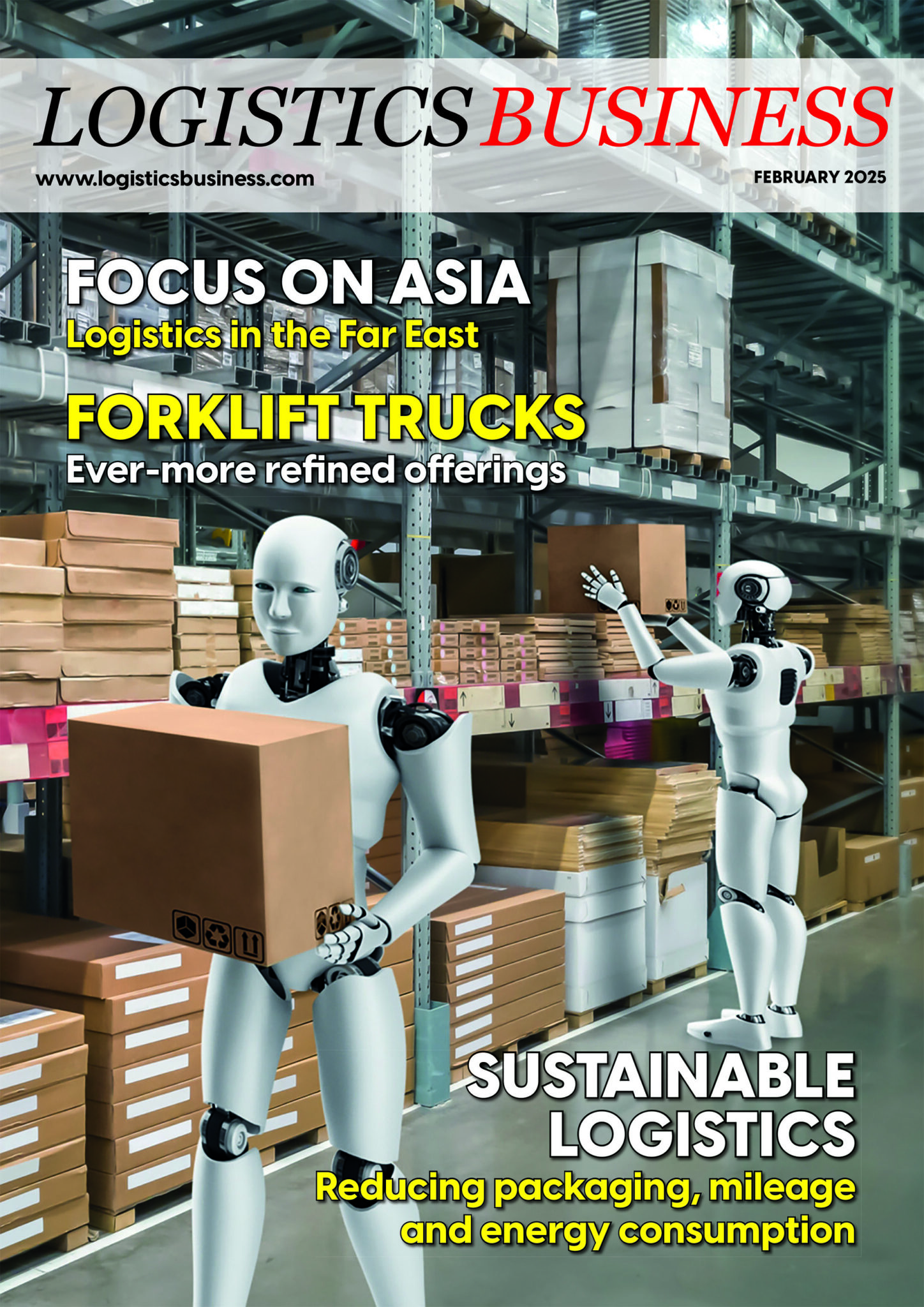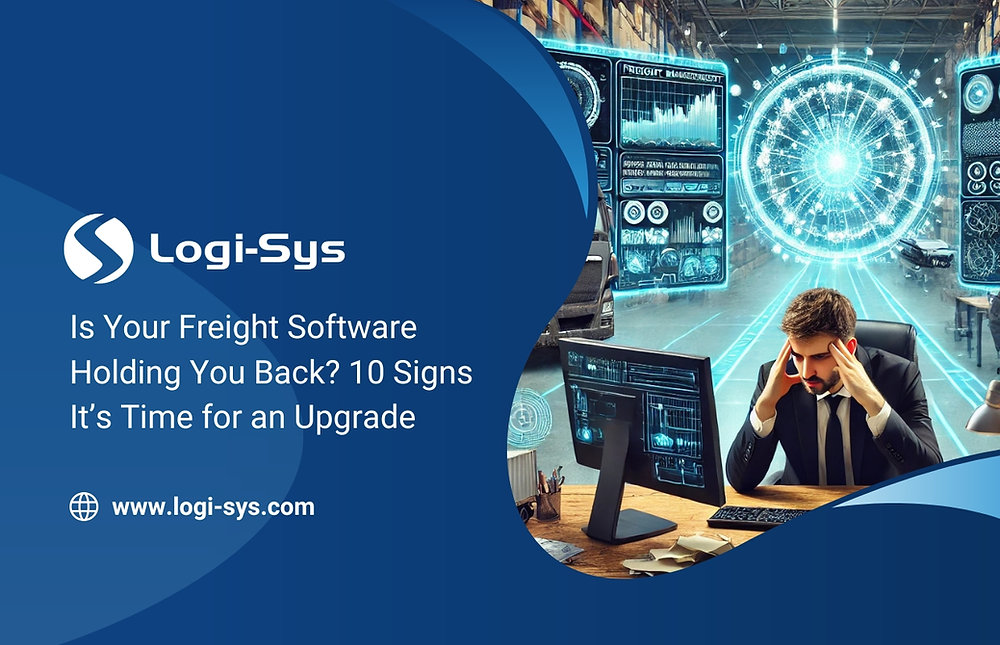Shell Commercial Road Transport’s Aleid van der Wiel discusses how the ‘chicken and egg’ scenario surrounding the future uptake of electric trucks can be solved with effective charging infrastructure.
Europe needs its commercial road transport (CRT) fleets to invest in electrification. And, to make the case for investment, fleet managers need to know they can continue to operate across their existing routes as cost competitively as possible with electric vehicles (EVs).
However, this is where they often come up against a ‘chicken and egg’ scenario: On the one hand, EV trucks are available, but customers are reluctant to invest because the charging infrastructure needed to support them is not fully in place yet and at scale; on the other, energy suppliers are hesitant to invest in the charging infrastructure required because there are not yet enough EV trucks in use to make it commercially viable.
So, how do we resolve this? We talked to Aleid van der Wiel, Head of Public eMobility & Power for Shell Commercial Road Transport, about the importance of effective charging infrastructure and how CRT businesses can access the solutions that meet their unique operational needs.
Logistics Business (LB): How is a lack of charging infrastructure preventing the acceleration of electrification?
Aleid van der Wiel (AvdW): Our research highlights that nearly two-thirds (64%) of CRT fleets believe the energy infrastructure needed for emissions reduction is currently not robust or reliable enough to support their operations. This undermines the business case for electric truck adoption while making it more difficult to justify the investment in charging infrastructure at scale. Conversely, having the right strategic infrastructure in place can help fleets to reduce their total cost of ownership (TCO) by increasing efficiency and managing energy usage (enabling them to charge at times when electricity prices are lower).
LB: How can CRT fleets access the charging infrastructure they need?
AvdW: It’s critical for them to work closely with expert providers to develop an effective charging strategy, supported by tailored solutions that meet their specific operational needs – now and in the future. At Shell, we’re working with CRT fleets to identify the right charging set-up for their needs – giving them peace of mind that they’re investing in resilient operations that drive efficiency today while supporting the ongoing growth of their EV fleet. This includes eDepot solutions that deliver seamless private charging for trucks – covering high-quality charge point hardware, software that enables fleets to manage their charging needs efficiently at scale, and on-site energy solutions.
We also have a growing on-the-go public charging network for CRT fleets that will build on our first heavy-duty public truck charging site, opened in 2023 at Eindhoven Acht in the Netherlands. Giving fleets access to 300kW charging bays, parking facilities and the ability to book guaranteed charger availability, the site aimed to show how fleets can operate their routes efficiently using EV trucks.
LB: How important is collaboration between Original Equipment Manufacturers (OEMs) and energy suppliers?
AvdW: It’s hugely important for us to collaborate with OEMs to drive the adoption of electric trucks. In terms of developing charging solutions, we’re working closely with OEMs to make sure our customers have the best user experience at the charge site.
For example, we’re collaborating to make sure our hardware connects seamlessly, allowing customers to recharge quickly, reliably and at the expected power levels so they can keep to their schedules. This includes investing in charge point technology designed to deliver interoperability and quality, as we have done through our acquisition of SBRS in 2022. It also includes testing the connection between charge points and trucks at our Hamburg lab to help us and OEMs develop better solutions.
LB: What is your vision for the future of CRT electrification?
AvdW: We see high-quality, high-speed and flexible charging as the future. But that’s not all about the infrastructure or the hardware. To make sure fleet TCO remains low, businesses need to
integrate those elements with fleet and energy management to drive efficient and cost-effective operations. Software (including AI systems) has a crucial role to play in this, linking fleet schedules to energy markets to help fleet managers develop routes that provide the cheapest and most reliable charging options – out on the roads or back at the depot.
It’s also important to show fleets what this level of integration looks like. That’s why we’ve developed our first Megawatt (MW) dual charger for commercial road transport and marine applications as a proof of concept at the Energy Transition Campus Amsterdam (ETCA). The aim is to show both industries how a fully integrated system for sustainable energy management (featuring its own microgrid and standardised connectors) can support their decarbonisation ambitions while helping businesses to remain cost competitive by operating efficiently.
similar news


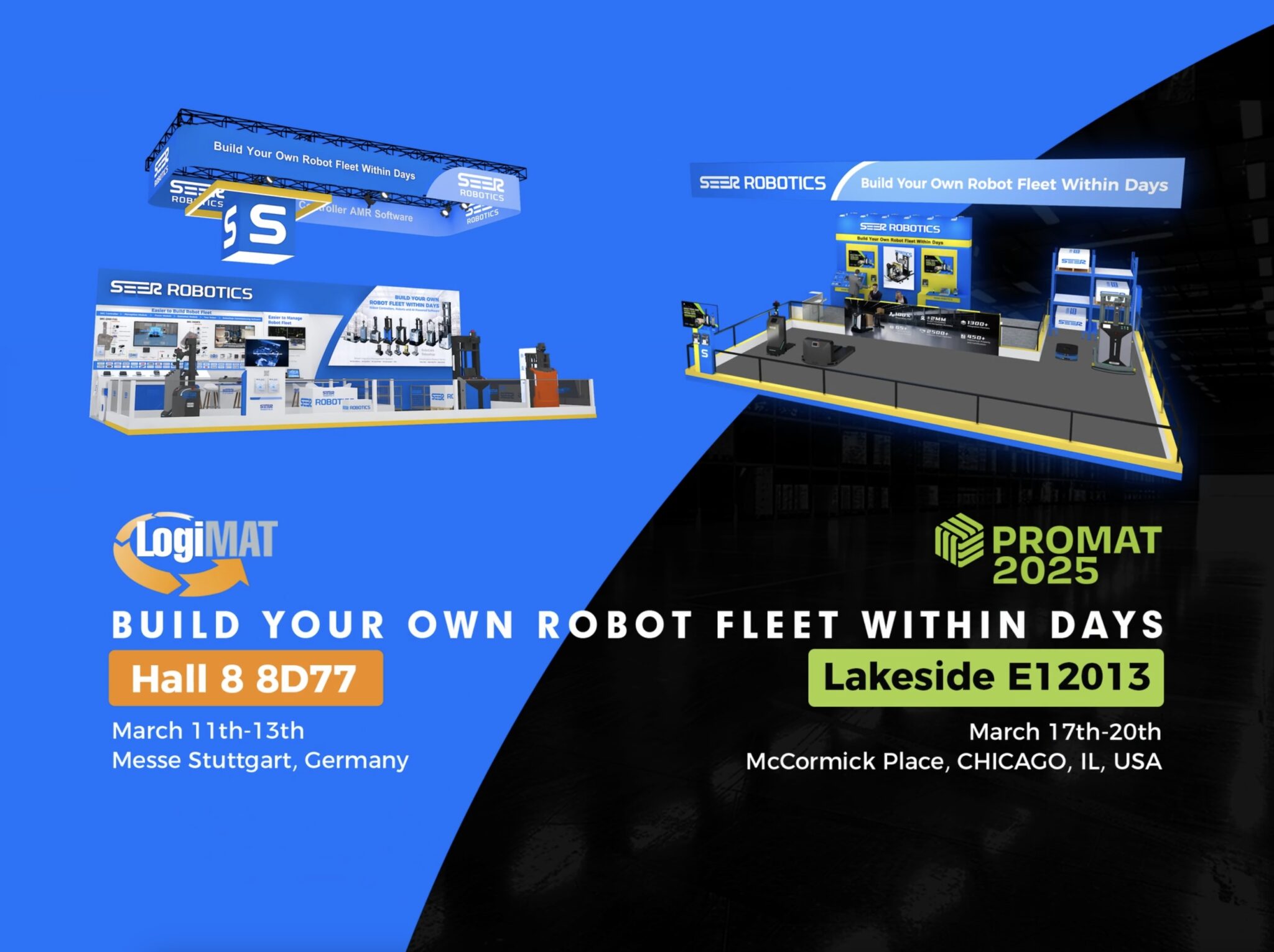
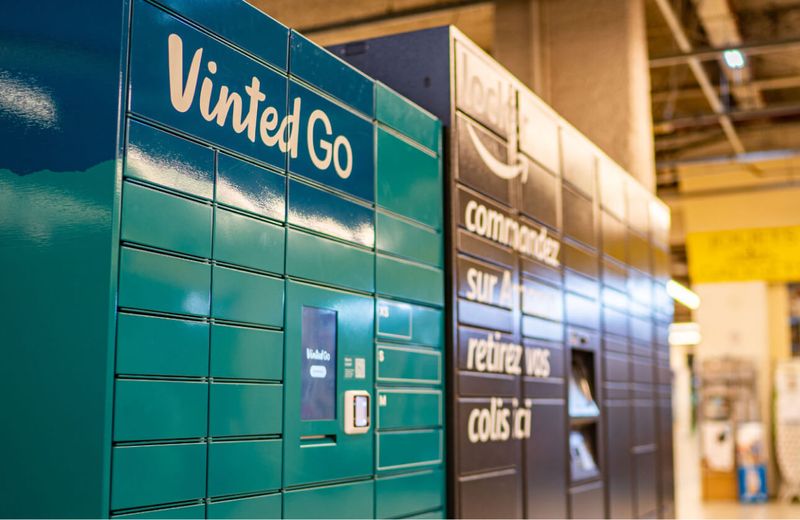
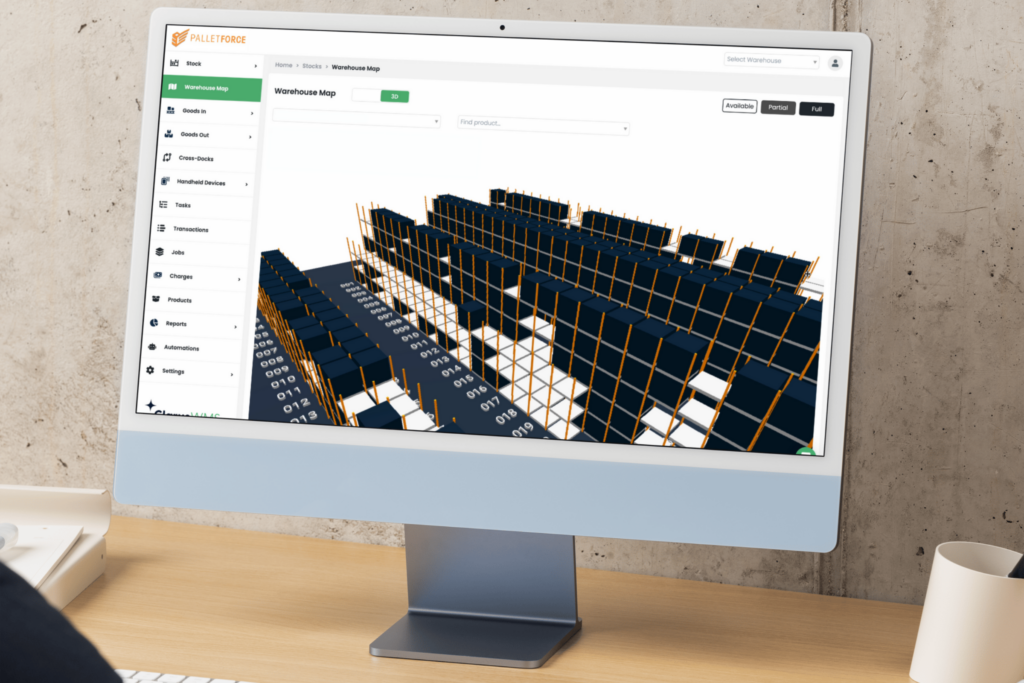


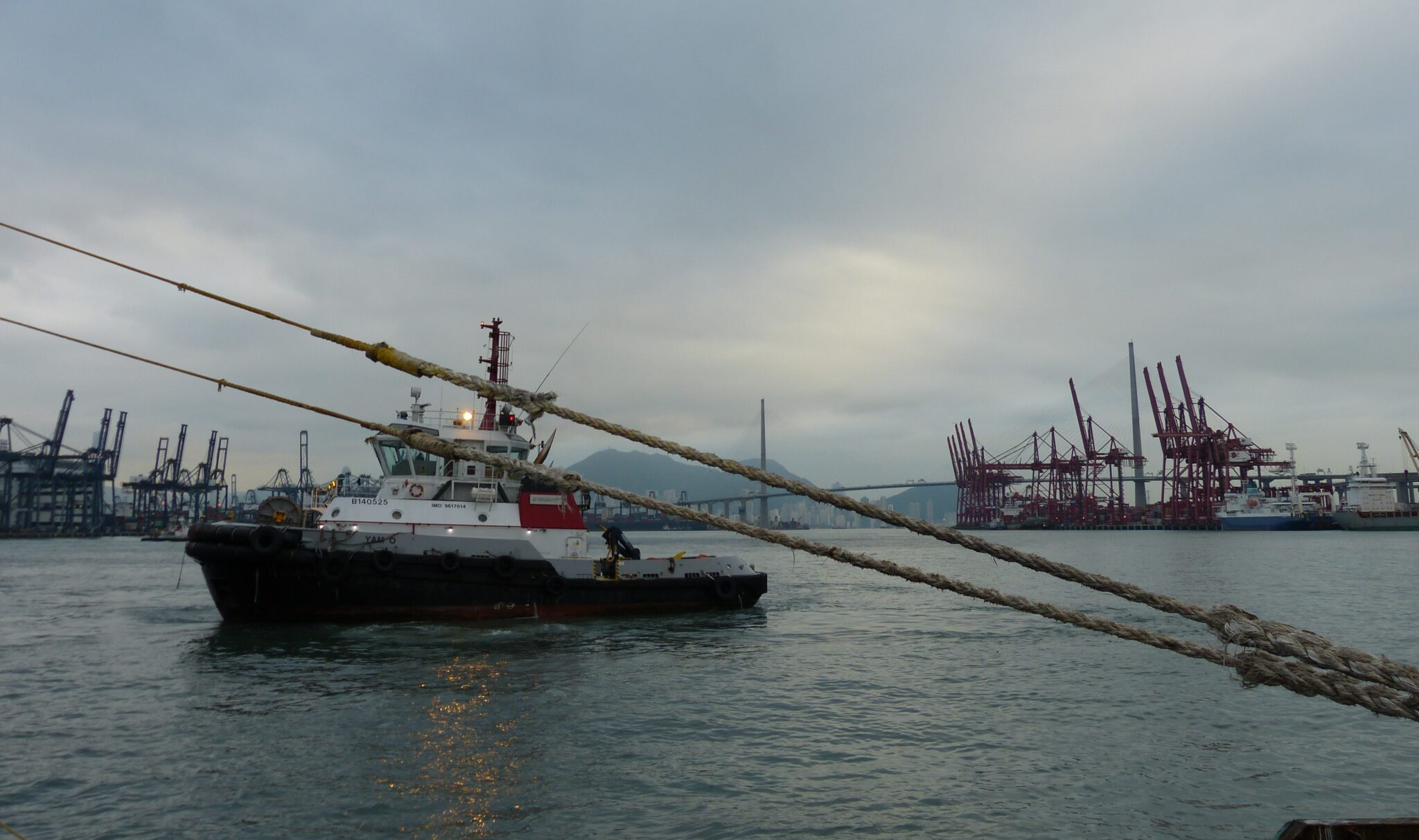



 Prices of renting a Private Jet to Florence
Prices of renting a Private Jet to Florence

